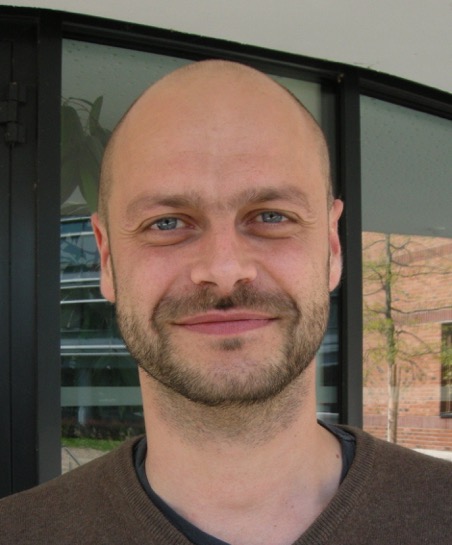Institut of Molecular Biology of Plants, CNRS UPR2357, Strasbourg University, Strasbourg Neutralization of mobile antiviral small RNA through peroxisomal importNat. Plants 3, 17094. doi:10.1038/nplants.2017.94.
Incarbone, M., Zimmermann, A., Hammann, P., Erhardt, M., Michel, F., and Dunoyer, P.
Cv
After obtaining a Master's degree in Plant Biotechnology at the University of Torino (Italy) in 2010, Marco Incarbone, 33 years, was an English teacher in Italy and in the UK. In 2012 he spent 6 months performing research on the roles of small RNA in grapevine at the University of Torino, after which he started a PhD at the Institute of Molecular Biology of Plants (IBMP) in Strasbourg in the laboratory of Dr. Patrice Dunoyer. During his thesis, which he has defended in December 2016, he highlights a new strategy developed by a plant virus to neutralize the defenses of its host. This strategy consisting in confining small antiviral RNAs in peroxisomes, is a new weapon in the endless race between pathogens and their hosts, and could be used by other plant or animal viruses. Marco Incarbone, is currently a postdoctoral fellow at IBMP in the laboratory of Dr. Christophe Ritzenthaler.
Contact
Marco Incarbone, PhD
Institut of Molecular Biology of Plants (IBMP), CNRS
12, rue du général Zimmer
67084 Strasbourg, France
Tel: 03 67 15 53 20
Abstract
In animals, certain viral proteins are targeted to peroxisomes to dampen the antiviral immune response mediated by these organelles. In plants, RNA interference (RNAi) mediated by small interfering (si)RNA is the main antiviral defence mechanism. To protect themselves against the cell- and non-cell autonomous effects of RNAi, viruses produce viral suppressors of RNA silencing (VSR), whose study is crucial to properly understand the biological cycle of plant viruses and potentially find new solutions to control these pathogens. By combining biochemical approaches, cell-specific inhibition of RNAi movement and peroxisome isolation, we show here that one such VSR, the peanut clump virus (PCV)-encoded P15, isolates siRNA from the symplasm by delivering them into the peroxisomal matrix. Infection with PCV lacking this ability reveals that piggybacking of these VSR-bound nucleic acids into peroxisomes potentiates viral systemic movement by preventing the spread of antiviral siRNA. Collectively, these results highlight organellar confinement of antiviral molecules as a novel pathogenic strategy that may have its direct counterpart in other plant and animal viruses.




